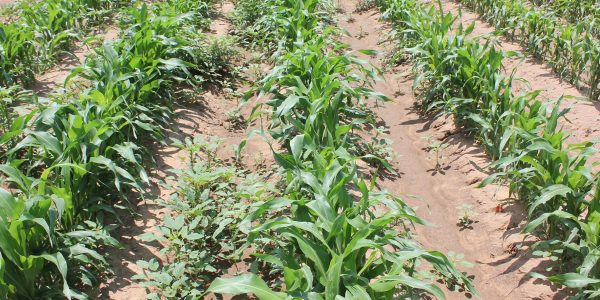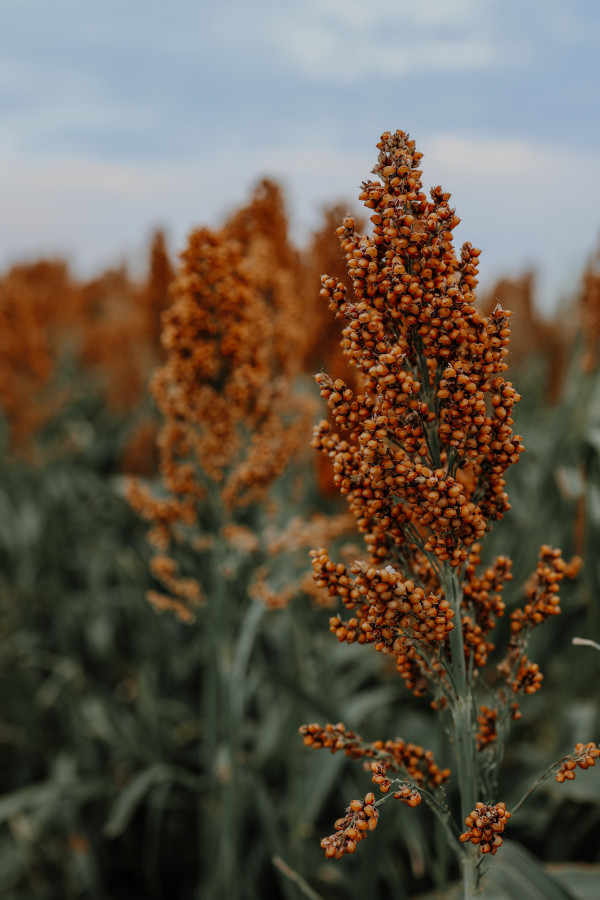
Weed Control
As with other crops, weed control is critical in producing good sorghum yields. In order to manage weeds effectively, growers should plan their weed control strategy in advance of planting. Weed control begins with a clean field prior to planting. A pre-emergence herbicide should be applied at or soon after planting before the crop emerges. The most critical time for weed control is during the first 30 days of the sorghum plant’s life. When determining which herbicides to apply, it is crucial to consider crop rotation restrictions.
POOR PRE-EMERGENCE WEED CONTROL
There are a number of reasons for poor pre-emergence weed control. Pre-emergence can occur if the herbicide does not get activated in the soil. Herbicide must be absorbed and moved throughout the soil by rainfall or irrigation prior to weeds germinating and emerging. Heavy crop residue on the soil surface prevents herbicide from uniformly entering the soil. Too much rain after herbicide application can result in the herbicide leaching further into the soil profile, diluting the herbicide to an ineffective rate. When applying a herbicide, poor pre-emergence can occur if the herbicide rate is not high enough for the field soil type. Additionally, weed resistance can also deter emergence.
REASONS FOR CROP INJURY
It is important to be aware of the ways crop injury can occur. If rain moves herbicide on top of the seed, injury can occur. Cool temperatures can slow down emergence, allowing more herbicide to be absorbed by the sorghum seed. Planting seeds too deep can result in a longer emergence time, which allows more herbicide to be absorbed by the seed prior to emergence. If the herbicide rate is too high for the soil type and pH, crop injury can occur. Damage can also occur if postemergence applications are made after sorghum is far along in development. Many postemergence herbicides must be applied before the fifth leaf stage.
Additional Resources

Regional Weed Management Guides
- Arkansas Recommended Chemicals for Weed and Brush Control
- Georgia Insect & Weed Control Guide
- Kansas Chemical Weed Control
- Louisiana Grain Sorghum Weed Management
- Mississippi Weed Control Guidelines
- North Carolina Agricultural Chemicals Manual
- South Dakota Weed Control Guide
- Tennessee Weed Control Manual

